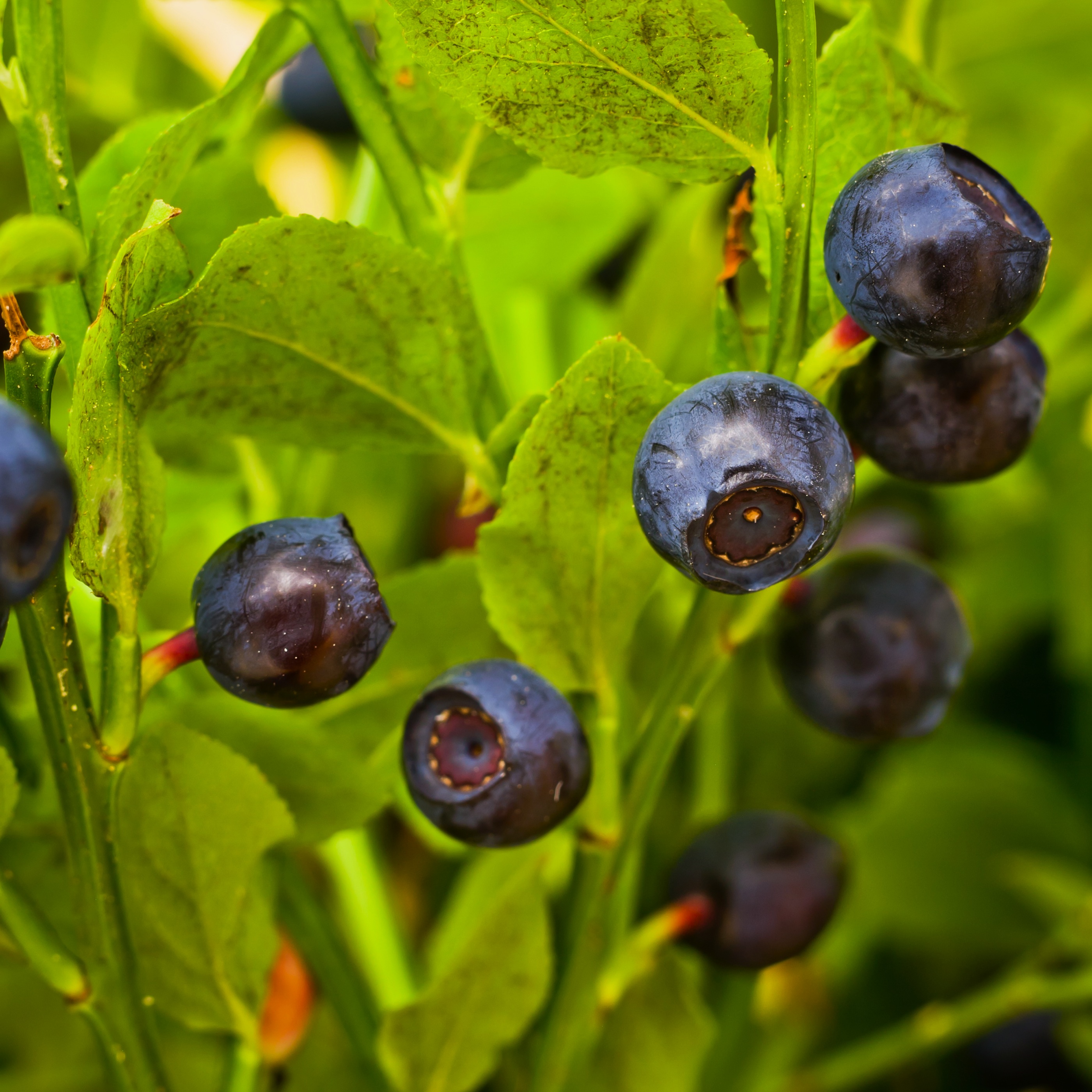Drones watch over blueberry fields, saving farmers time and money
Flying drones could save the Nova Scotia wild blueberry industry millions of dollars in the next few years, according to one group.
The airborne drones can spot troubled areas of a massive blueberry patch in a fraction of the time it takes a farmer on foot to find them. That saves farmers time and money, said Peter Rideout, executive director of the Wild Blueberry Producers Association of Nova Scotia.
“It could be another sort of revolutionary development in our crop management,” he said.
The single-propeller drones resemble small airplanes and are being used to map wild blueberry fields. Farmers are mainly using them to find bare spots amongst the blueberry bushes.
“It’s not unusual to have fields of 200 or 300 acres. Of course in Nova Scotia, a lot of wild blueberry land is up in the hills. It’s undulating, it’s difficult terrain so using that technology to skim over and see what’s going on is very helpful.”
Farmers want the bushes to cover as much land as possible so they can produce more berries, increase the efficiency of their fields and make more money.
Although farmers don’t plant wild blueberries, they do encourage their growth through pruning and other methods. Over many years they can guide the bushes to fill in those bare spots, said Rideout.
Mapping is just the beginning
The Wild Blueberry Producers Association has been working with Dalhousie University over the last two years testing drones and seeing how they could benefit the industry.
Mapping fields has already helped blueberry farmers, but Prof. David Percival — who oversees Dalhousie’s Wild Blueberry Research Program — has even bigger goals.
In the next three to five years, he expects to be able to use drones to detect which blueberry bushes are suffering from different forms of blight brought on by a fungal infection.
Plants with the infection reflect light differently than healthy plants, and that difference can be detected by the drone.
“It allows us to really key in on those areas of the field where the blueberries are susceptible to some of these diseases and focus on them,” said Percival.
He believes drones could reduce the cost of treating sick plants by 30 percent. It would allow farmers to target specific plants for treatment rather than wasting things like fungicide on plants that don’t need it.
Rideout believes these kind of savings could help keep some blueberry farmers afloat. In the last three years a flood of blueberries hit the market, lowering demand for the berries and pushing prices down.
“If we can reduce those costs by a couple of cents a pound then you’ve made a significant difference in the bottom line for individual farmers, we’re very encouraged about all of these developments,” said Rideout.





